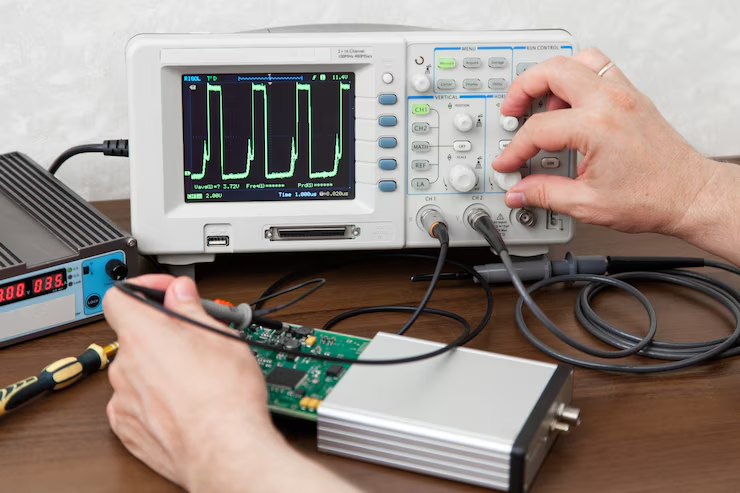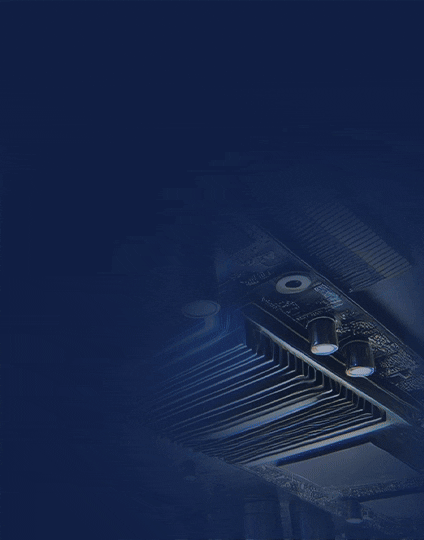The consumer electronics industry has evolved into one of the most dynamic and fast-paced sectors in the global market.
From smartphones and tablets to smartwatches, earbuds, and home automation systems, today’s consumers expect devices to be highly functional, reliable, and seamless in performance.
As technology continues to advance, so do the expectations for quality, innovation, and user experience. In this competitive environment, test and measurement processes play a critical role in meeting and exceeding those expectations.
These processes ensure that products not only work as intended but also deliver the performance, safety, and consistency that consumers demand.
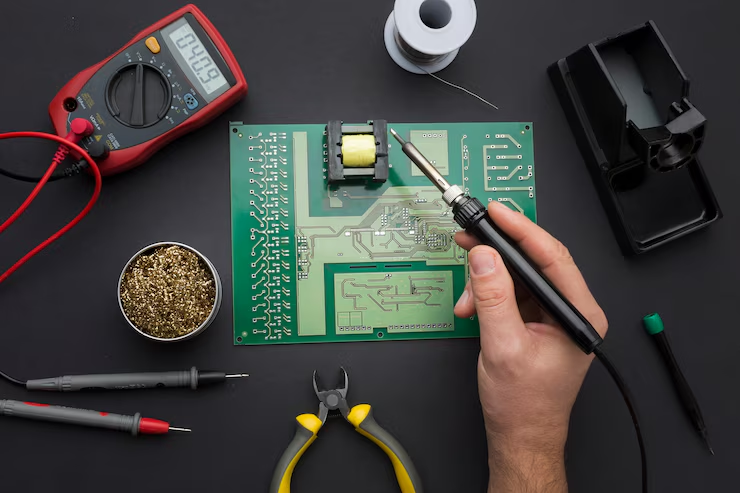
Importance of Test & Measurement in Consumer Electronics
Testing and measurement are fundamental to delivering products that meet market expectations and regulatory requirements. At the core, these processes help verify that devices function correctly, consistently, and safely under a wide range of operating conditions.
By implementing robust testing protocols, manufacturers can ensure product quality and performance. This helps in identifying defects early in the development cycle, reducing the risk of costly recalls and customer dissatisfaction after the product launch. Testing also plays a crucial role in reducing failure rates and minimizing returns, which directly impact a brand’s reputation and bottom line.
Another critical benefit is the support of innovation and faster time-to-market. In an industry where speed is a competitive advantage, effective test and measurement systems enable quicker prototyping, validation, and iteration. This accelerates product development while maintaining high quality standards.
Compliance with industry regulations and international safety standards is another key driver. Whether it’s FCC guidelines in the U.S., CE marking in Europe, or RoHS and WEEE compliance, proper testing ensures that products meet legal requirements, facilitating global market access and avoiding legal consequences.
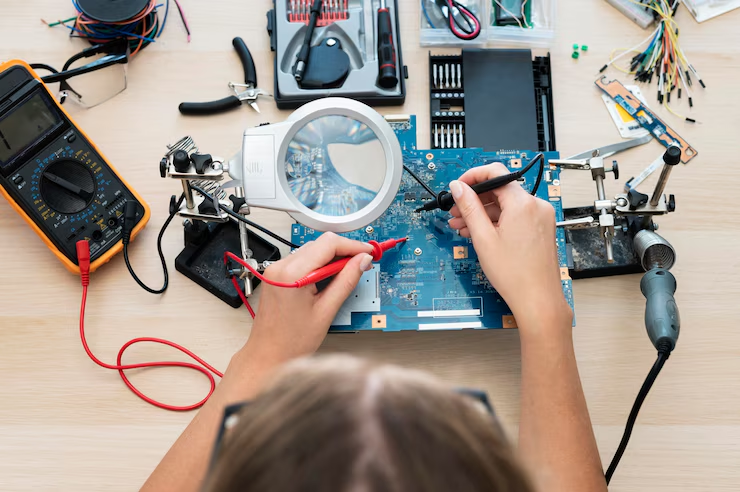
Key Areas of Testing in Consumer Electronics
Functional testing ensures that the device’s features and operations work as intended. This includes checking user interfaces, sensors, displays, voice assistants, cameras, and embedded applications. Each functionality must respond accurately to user input and deliver a smooth experience.
Electrical testing validates the electronic performance of the device. Engineers measure parameters such as voltage, current, power consumption, signal quality, and noise levels. This ensures that the device operates within defined electrical specifications and maintains energy efficiency.
Mechanical and environmental testing focuses on the physical durability and resilience of consumer devices. Tests such as thermal cycling, vibration, shock, drop tests, and ingress protection against dust and water simulate real-world conditions to verify long-term reliability.
Wireless and connectivity testing evaluates the performance of communication technologies like Bluetooth, Wi-Fi, NFC, 4G, 5G, and others. With users relying on constant connectivity, thorough testing ensures stable data transmission, low latency, and compatibility across networks and ecosystems.
Battery and power management testing examines charging behavior, energy usage, thermal safety, and battery life. This is especially important in portable devices, where battery performance can make or break the user experience. Safety tests prevent overheating, overcharging, or other hazardous conditions.
EMC and EMI testing checks for electromagnetic compatibility and interference. As devices operate in increasingly connected environments, ensuring they do not disrupt or get disrupted by other devices is vital for seamless usage and regulatory approval.

Challenges in Testing Consumer Electronics
Despite its importance, testing consumer electronics presents several unique challenges. One of the biggest is the short product lifecycle. With rapid innovation cycles and constant consumer demand for new features, manufacturers face intense pressure to bring products to market quickly, often compressing the time available for testing.
The increasing complexity of devices also adds to the challenge. Modern gadgets are multifunctional, integrating multiple sensors, connectivity options, processors, and displays in a compact form. Testing all these elements in harmony requires sophisticated tools and methodologies.
Miniaturization further complicates testing. As devices become smaller and more compact, accessing test points and performing accurate measurements without damaging components requires advanced probing techniques and precision instruments.
Cost is another major consideration. With tight margins and competitive pricing, companies need test solutions that are both cost-effective and scalable. Balancing thorough testing with cost efficiency is a delicate task.
Additionally, global supply chains introduce variability and uncertainty. Ensuring consistent quality across suppliers and production batches requires comprehensive end-of-line testing and coordination across distributed teams.
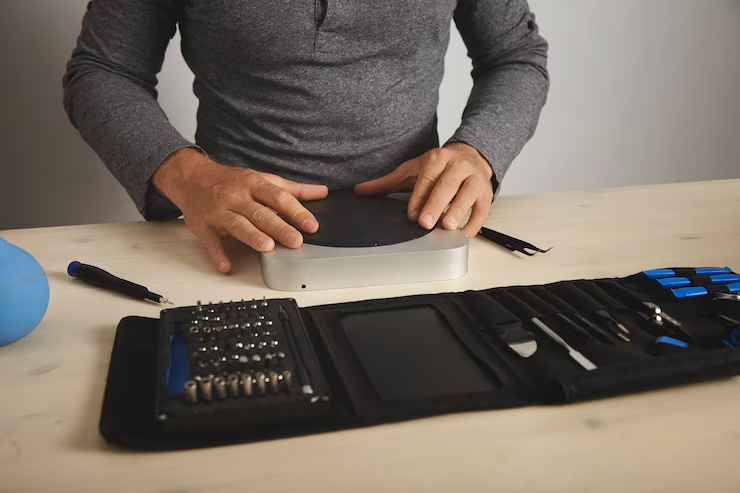
Conclusion
Test and measurement are not just back-end processes—they are integral to delivering the quality and experience that consumers expect from modern electronics. As devices become more complex and user expectations grow, the importance of a well-defined, rigorous testing framework becomes even more critical.
By investing in robust test and measurement strategies, manufacturers can enhance product reliability, reduce time-to-market, and strengthen customer trust. It’s not just about ensuring the device works; it’s about delivering an experience that meets or exceeds what users envision when they open the box.
In the world of consumer electronics, where performance, innovation, and trust drive brand loyalty, comprehensive testing is the foundation upon which success is built.

